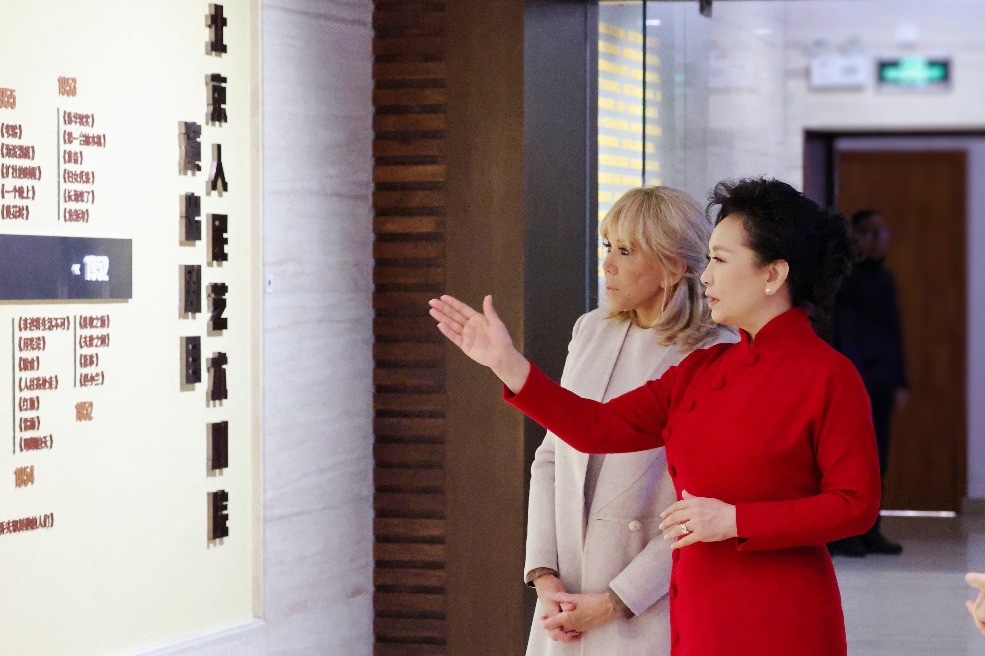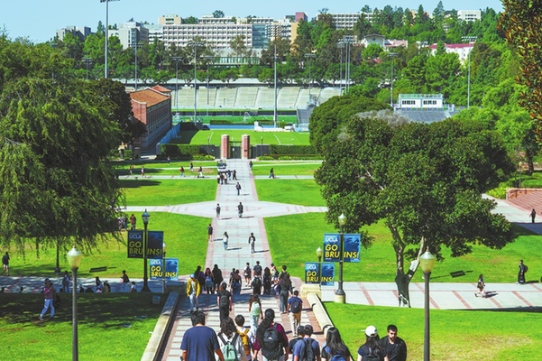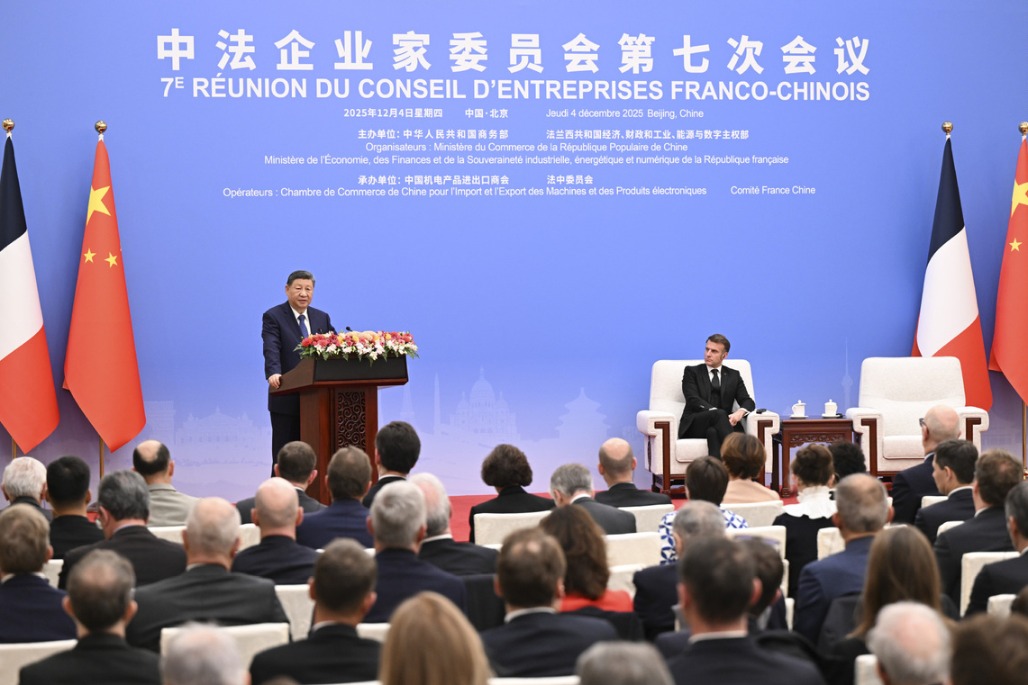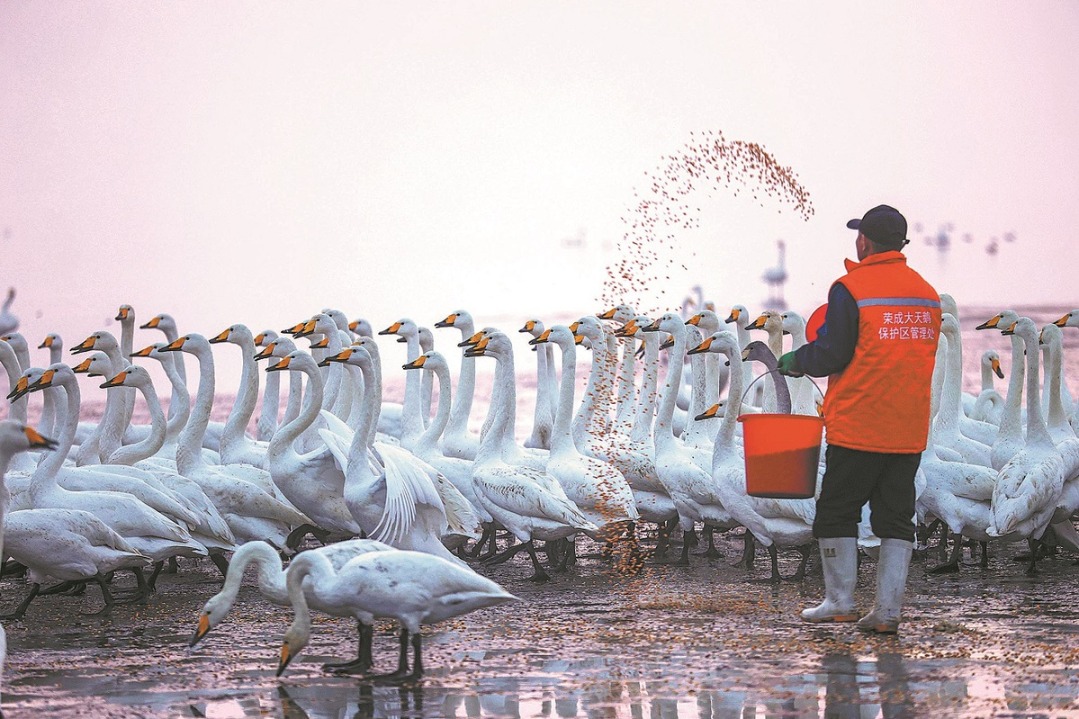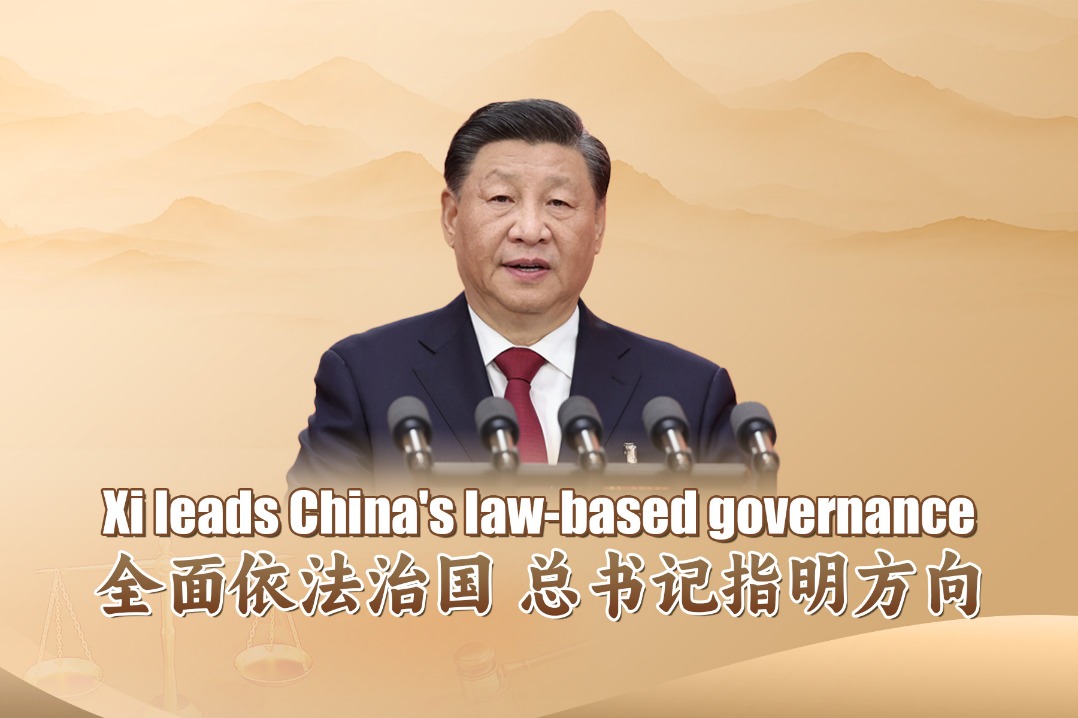Relics returned to Yuanmingyuan put on display
By Wang Kaihao | China Daily | Updated: 2018-10-19 09:24

A permanent exhibition space was opened on Thursday at Yuanmingyuan, also known as the Old Summer Palace, to display 37 stone relics returned to the park from around Beijing to remember an anniversary of pain.
"We hope more people can see the cultural relics and admire the past glory of this garden," said Li Xiangyang, deputy director of the administration of Yuanmingyuan Ruins Park.
"These exhibits are witnesses of the prosperity and stigma in Chinese history. They also bear people's strong collective emotion."
Covering approximately 350 hectares, Yuanmingyuan was a large resort for Qing Dynasty (1644-1911) emperors, and was commonly considered the pinnacle of ancient Chinese gardens.
However, a fire set by invading Anglo-French forces on Oct 18, 1860 - precisely 158 years ago - burned down many palatial structures, and numerous cultural relics were stolen.
The site was hit again by the Eight-Nation Alliance as well as some bandits around 1900, finally turning it into ruins. Remnants of some construction materials were later taken by nearby residents to build houses.
Eight of the new exhibits are registered as national-level precious cultural relics.
"We can see patterns mixing Western and Chinese aesthetics on the stone carvings," said Wu Menglin, a member of the expert committee with Beijing Municipal Administration of Cultural Heritage. "They reflect not only cultural communication, but also top-tier Chinese craftsmanship."
She highlighted two exhibits that used to be on the Peking University campus.
One is from the foundation of a pavilion. It is composed of nine stone pieces that mimic a zigzagging river, and was a place for royal family members to enjoy drinking.
"Such a style of construction is also seen in other Qing Dynasty imperial gardens, but its cultural background is less known to the public," said Wu, 81, who has studied Yuanmingyuan for 60 years. "It is a good opportunity to juxtapose so many returned cultural relics and give people new knowledge."
The other exhibit returned from Peking University is part of a memorial archway carved with calligraphy and a poem by Emperor Qianlong.
As part of the large-scale archaeological project in Yuanmingyuan Ruins Park, Wu suggests moving artifacts to their original sites, giving visitors a better understanding of history.
The artifacts on display were donated by schools, public institutions and companies as well as many individuals.
"All of society has joined hands to bring back cultural relics lost from Yuanmingyuan," Li said. "That shows how public awareness of protecting cultural heritage has greatly increased."
He also said more than 80,000 bricks and stones believed to have been taken from Yuanmingyuan and used in urban construction around Beijing were returned after being recovered during demolition projects. They will be used in restoration of some heritage sites in the park.
The park administration also announced a hotline (86) 1062543673 for people with clues about lost cultural relics from Yuanmingyuan.






